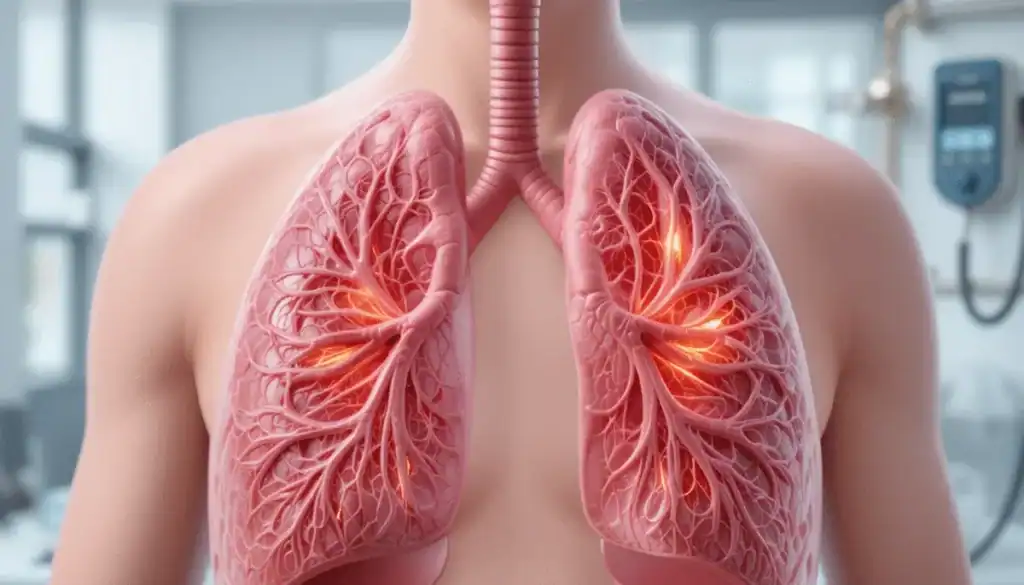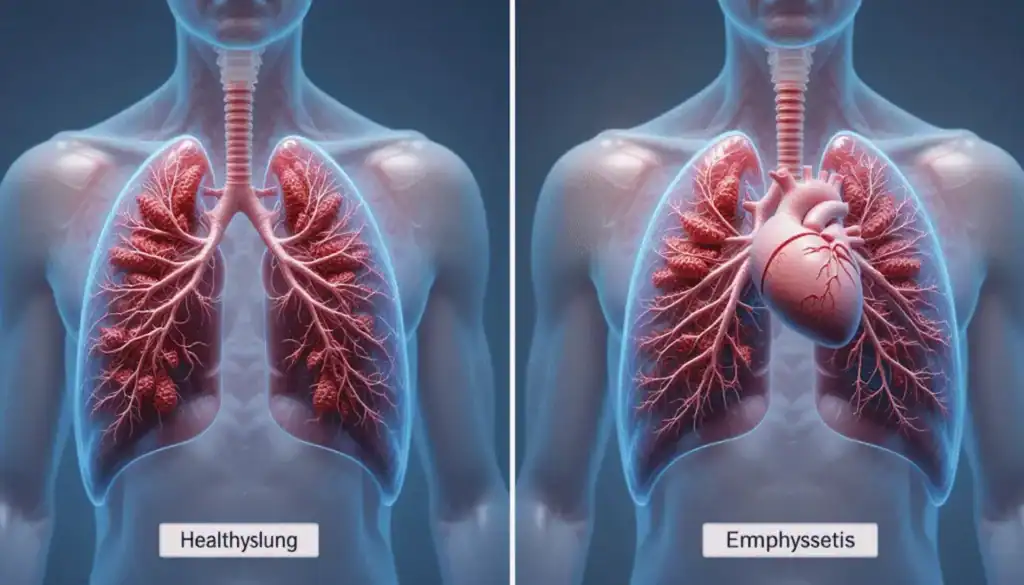Acute severe asthma, previously termed status asthmaticus, is a critical and potentially life-threatening exacerbation of asthma that fails to respond to standard treatments. Rapid assessment and immediate intervention are essential to prevent respiratory failure or death.
What is Acute Severe Asthma?
Acute severe asthma is defined as an exacerbation of asthma that does not improve with standard bronchodilators and corticosteroids. The patient typically presents to the emergency department with severe shortness of breath, wheezing, and respiratory distress that is unrelieved by their usual medications.
Key History Points to Elicit
When evaluating a patient, ask:
- What medications are they currently using (including dose/frequency)?
- Any recent changes in therapy or poor compliance?
- History of previous ICU admissions for asthma?
- Their best known Peak Expiratory Flow Rate (PEFR).
- Triggers or worsening factors like infections, allergens, or NSAID use.
Assessing Severity of the Attack
Severity is primarily assessed by clinical examination and PEFR measurement. The classification is as follows:
🔴 Severe Acute Asthma:
- Unable to complete sentences in one breath
- Respiratory rate ≥ 25/min
- Heart rate ≥ 110 bpm
- PEFR = 33–50% of predicted
- Oxygen saturation < 92%
⚠️ Life-Threatening Asthma:
- Exhaustion, confusion, or altered consciousness
- Silent chest or minimal air entry
- PEFR < 33%
- Arrhythmias or hypotension
- Normal or elevated PaCO₂ (sign of impending respiratory failure)
Immediate Emergency Management
1. Oxygen Therapy
- Administer high-flow oxygen.
- Maintain SpO₂ between 94%–98%.
2. Nebulized Bronchodilators
- Salbutamol 5 mg or Terbutaline 10 mg nebulized with oxygen
- Repeat every 20–30 minutes as needed
3. Add Anticholinergics
- Ipratropium bromide 0.5 mg nebulized every 6 hours
4. Systemic Corticosteroids
- IV Hydrocortisone 100 mg or
- Oral Prednisone 40–50 mg
5. Magnesium Sulfate (MgSO₄)
- 1.2–2 g IV over 20 minutes in severe/life-threatening cases
- Helps in bronchodilation when standard therapies are insufficient
Ongoing Monitoring
- PEFR: Reassess regularly (target > 75% of predicted)
- Vital signs: Watch for rising respiratory or heart rates
- ECG monitoring: Due to risk of arrhythmias
- Watch for worsening hypoxia, silent chest, or altered consciousness
Outcomes
➤ Improving Patient (PEFR > 75%)
- Can be safely discharged
- Prescribe:
- Metered Dose Inhaler (MDI) with bronchodilator
- Oral Prednisone (10–14 days taper)
- Educate on trigger avoidance and inhaler technique
➤ Deteriorating Patient
- Worsening PEFR, hypoxia, altered mental status, or respiratory arrest
- Shift to ICU
- Consider intubation and mechanical ventilation
- Continuous nebulization
- Close monitoring and escalation of care
Causes of Recurrent Attacks
- Poor compliance with maintenance therapy
- Improper inhaler technique
- Unrecognized triggers (e.g., beta-blockers, NSAIDs)
- Lack of spacer device usage in patients with poor coordination
Spacer Device: A Vital Tool
Patients who have difficulty coordinating their inhalation can use a spacer, which improves drug delivery from MDIs. It holds the medication in a chamber, allowing patients to inhale more effectively—even over multiple breaths.

Summary Checklist
| Parameter | Severe Asthma | Life-Threatening Asthma |
|---|---|---|
| Speaking | Incomplete sentences | Exhaustion, silent chest |
| Respiratory Rate | ≥ 25/min | Slow, feeble, or absent |
| PEFR | 33–50% | <33% |
| PaCO₂ | Low | Normal or high |
| O₂ Saturation | <92% | May worsen rapidly |
| Management | Nebulizers + Steroids | ICU + MgSO₄ + Intubation |
Final Word
Acute severe asthma is a medical emergency. Prompt recognition, classification, and a structured stepwise approach can save lives. Always assess response with PEFR, ensure oxygenation, and escalate care when needed.



